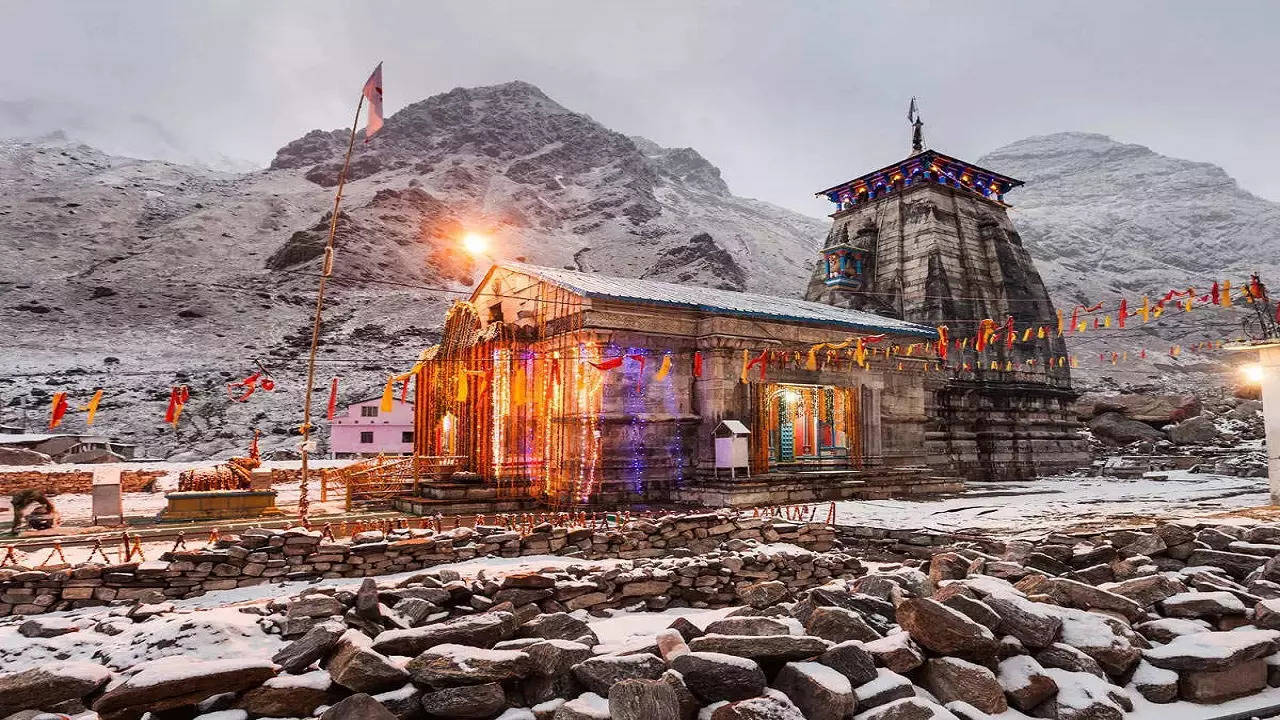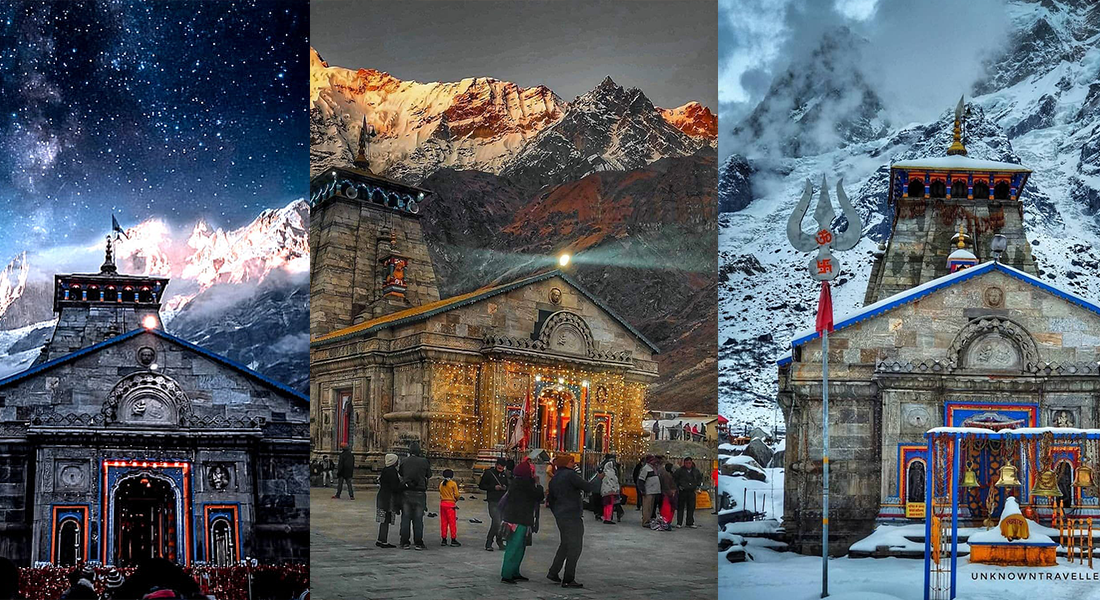Kedarnath Dham, revered as one of the twelve Jyotirlingas and dedicated to Lord Shiva, stands as a living testament with a history spanning over a thousand years, nestled in the pristine Rudraprayag district of Uttarakhand, where it symbolizes the profound essence of unwavering faith and devotion, beckoning pilgrims from across India and around the world to embark on a spiritually profound journey in the pursuit of Lord Shiva’s blessings.

Read more.. Your Dream Honeymoon: Essential Tips and Ideas
Read more:- Romantic Escapes: Unique Honeymoon Tips for Couples
Bhaiya Dooj, also known as Yama Dwitiya, is a significant day in the Hindu calendar, celebrated on the second day after Diwali, holding a special place in the hearts of siblings. It signifies the sacred bond between brothers and sisters, with sisters praying for the long and prosperous life of their brothers. However, in Kedarnath, Bhaiya Dooj carries a different significance; it marks the end of the annual pilgrimage season.

Also read – What is Goram Ghat Famous For?
The closing of the doors of Shri Kedarnath Dham on Bhaiya Dooj is a grand and ceremonious event, witnessed by devotees, priests, and pilgrims. It is believed that Lord Shiva retires to his heavenly abode in the Himalayas during the winter months, rendering Kedarnath inaccessible due to heavy snowfall. The temple doors are closed with elaborate rituals, amidst the chanting of mantras and the melodious sound of conch shells.
The significance of this event goes beyond the closing of a temple; it is a poignant reminder of the cyclical nature of life, death, and rebirth, a belief deeply rooted in Hindu philosophy, signifying that Lord Shiva departs to attend to his divine duties during the winter, as the region remains uninhabitable for humans.
The doors of Kedarnath remain closed to protect the shrine from the harsh weather, symbolizing the divine’s departure and the temporary detachment from the mortal world.
The closure of Kedarnath Dham’s doors on Bhaiya Dooj also marks the time when the priests and other caretakers move to the nearby town of Ukhimath, where they continue their daily worship and rituals during the winter months. The temple remains closed until late April or early May when the doors are reopened, and a grand Kedarnath Yatra begins again, signifying the return of Lord Shiva to his earthly abode.
This sacred tradition and the devotion associated with it make Shri Kedarnath Dham a unique pilgrimage destination. The beauty of the temple, surrounded by the magnificent Himalayas, the devotion of the pilgrims, and the rituals performed during the closing ceremony, are a testament to the enduring faith and spirituality that Kedarnath represents.
As the doors of Shri Kedarnath Dham close on Bhaiya Dooj this year, it is a reminder of the eternal cycle of life and death and the unwavering faith of millions. The temple will remain shrouded in snow, waiting for the arrival of spring, and the return of Lord Shiva. Until then, it rests in tranquillity, a symbol of unwavering devotion and the power of faith.


0 Comment